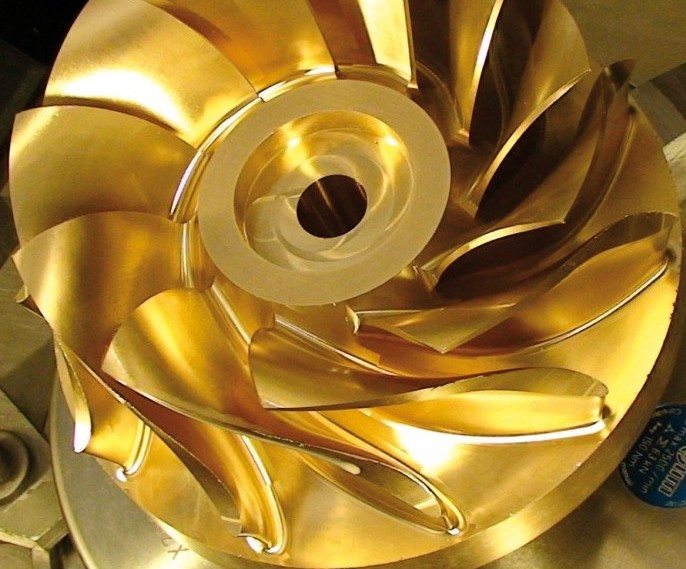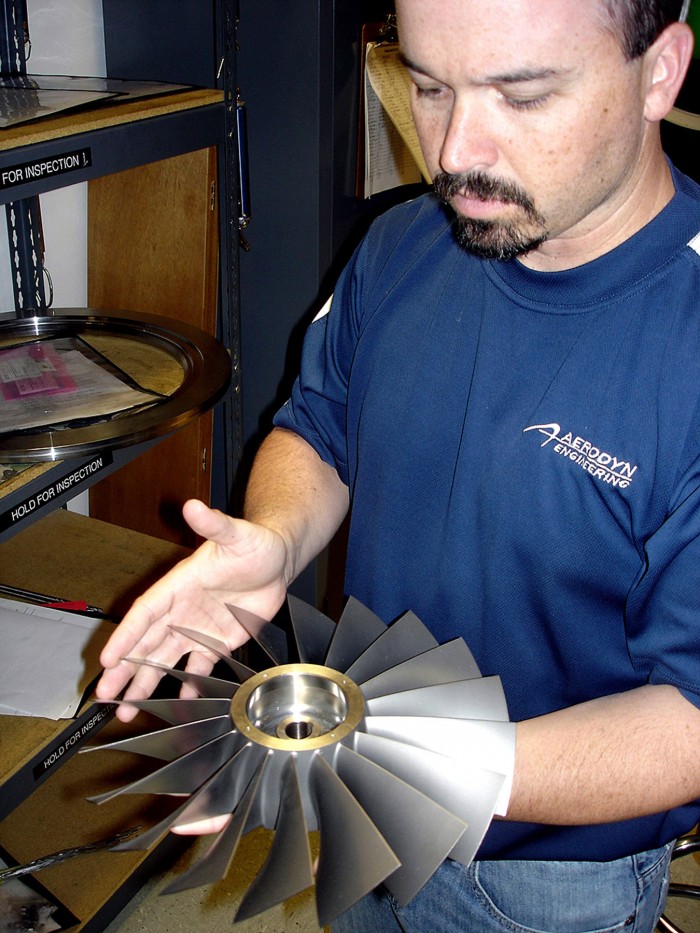Test and Engineering Services Grow with Machining
And what drives machining growth? Aerodyn Engineering uses intuitive 5-axis CAM software from OPEN MIND Technologies that “gets it.”
Posted: June 6, 2012
“We are primarily a service organization,” says David Lawrence, the president of Aerodyn Engineering (Indianapolis, IN), which provides instrumentation and field testing that is focused on the power generation and aerospace industries. Projects include custom data-acquisition systems for turbines in gas pipelines, pressure-measurement for aircraft engines, and determining the pressures and strains on a military helicopter fuselage during missile firing.
http://youtu.be/Amv9irQ-hnw
“Our reputation is built upon being able to perform very difficult tests with a high success rate,” states Lawrence. Success has translated into rapid growth. Established in 2002, Aerodyn sales were $3 million in 2004. By 2010, that gross revenue had nearly tripled to $8.5 million and hit $11.5 million by the end of last year.
To support its testing services, Aerodyn added in-house manufacturing capabilities to provide its own components, such as slip rings that are used in applications that require reading and transferring data from rotating equipment. “As a testing company, the test cells we build and the components we make are usually one-offs,” says Aerodyn vice president Keith Yeager. “And when customers have products at the testing phase, they want the data to move into a production schedule as quickly as possible. We could outsource and find someone to make what we need, but the costs and lead times are a killer.”
The company purchased an NMV-5000 five-axis machining center from DMG/Mori Seiki (Hoffman Estates, IL) in the summer of 2010 and followed up with an NMV-3000 in February 2011. “These machine tools were acquired to provide our customers access to the capability to machine integral aero-thermodynamic rakes (bodies with integral stagnation heads) and to machine blisks and centrifugal compressor wheels,” notes Lawrence.
“We needed the capability to produce low quantities of very complex parts in a very time- and cost-effective way,” he continues. “It is very accurate to say that once customers tour our facility and realize the capabilities we have, we get opportunities to quote work we had not been considered for before. In most cases (greater than 90 percent), we are successful in winning the quotes and performing the work. These two machines will figure largely in our future growth. With them, we have the capability to not only offer prototyping service for new designs but also short-run production quantities of a few thousand per year. We are hoping to secure more P/N’s for these machines to fully utilize them.”
DO IT NOW
While Aerodyn saw the advantages in tackling more and more difficult projects, they quickly reached the limits of their five-axis programming capabilities. “We had parts we couldn’t program,” recalls CNC programmer John Frandsen plainly. “We had a complex fan rotor model we were using as a benchmark to test software packages, and we had other parts in the queue that were ten times more complex than that.”


















